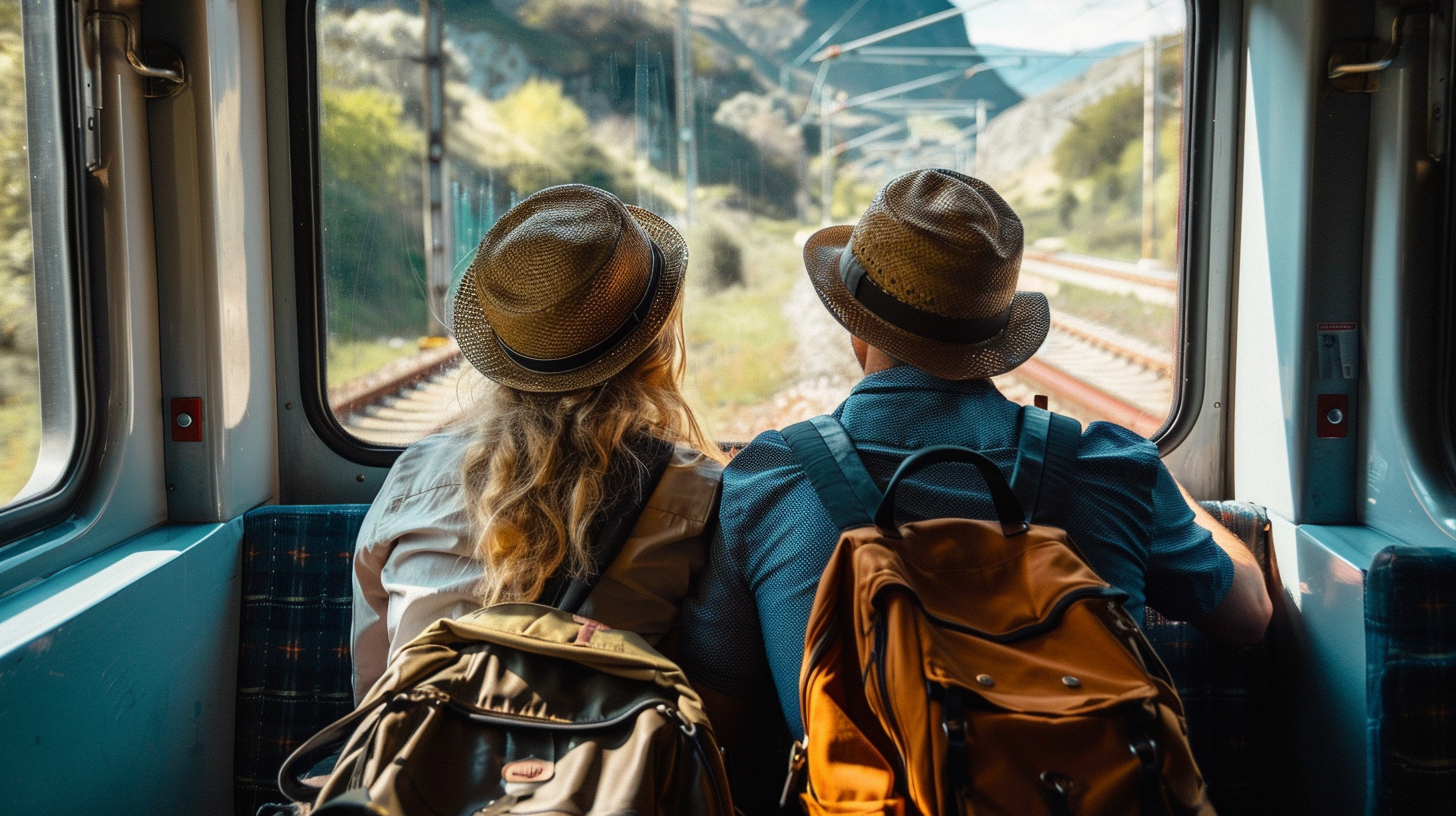The Inca Trail in Peru, the W-trek in Chile, and the Argentine Patagonia are undoubtedly the main trekking routes that attract travelers to Latin America, but they require a certain level of preparation. Here, we have compiled equally exciting trails that are suitable for beginners exploring these regions. The path to the turquoise lagoon in Ecuador, volcanoes in Guatemala and Nicaragua, highland meadows in Colombia, and a canyon with llamas in Peru should be on your adventure list in South America.
Quilotoa Lagoon, Ecuador

The turquoise Quilotoa Lagoon (Laguna de Quilotoa) is a must-see for every traveler in Ecuador. While the crater and the vast volcanic lake are more popular, the three-day Quilotoa Loop trek through agricultural fields and forests to the lagoon is equally captivating. The main advantage of this trek is its flexibility – you can hike uphill or downhill, completing it fully or partially, depending on your physical condition and the number of days available.
The standard, more challenging route takes three days, following the path from Sigchos to Isinlivi, Chugchilan, and finally Quilotoa, with 5-7 hours of uphill walking between villages. The easier option is to hike in reverse, descending the entire way. Another option is to start from any of the villages, shortening the distance and duration. Buses from Latacunga can take you to each village, departing from the main bus station (Terminal Terrestre Latacunga).
Pacaya Volcano, Guatemala

Guatemala is a land of volcanoes, offering some of the most thrilling treks. Dreaming of hiking an active volcano, witnessing bubbling lava flows, and collecting a lava rock as a souvenir? Head to Pacaya Volcano, just an hour and a half from Antigua. The round trip takes about three to four hours, but you can also stay overnight. In comparison, the hike to the neighboring Acatenango Volcano, where you can see the erupting Fuego Volcano, takes five hours. Pacaya stands at 2,552 meters, with visitors allowed up to approximately 2,300 meters due to frequent rock ejections and smoke. Besides hiking across the lava field from the 2014 eruption, visit the volcanic shop at the base, offering jewelry and gifts made from local lava.
Don’t forget to bring marshmallows to roast on the hot steam vents. You can only hike the volcano with a guide: either join a group in Antigua (one-day tours from $10, two-day tours with overnight stay from $50) or hire a guide at the entrance. The park entrance fee is $8.
Puracé National Park, Colombia

Puracé National Park, located a couple of hours from the white city of Popayán in southern Colombia, features the active stratovolcano of the same name. While climbing the volcano is challenging without special gear, a local guide, and good weather (which is rare), travelers often choose the picturesque 20-kilometer trek at its base. This hike takes you through the high-altitude Colombian páramo – unique highland Andean meadows with distinctive flora and fauna, found only in Peru and Ecuador. Four more reasons to hike here are the thermal springs (Termales de San Juan), the Lagoon of Desires (Laguna de la Danta), a 6-meter waterfall (Cascada Bendón), and the Andean condors, the largest birds of prey in the world.
Part of the park is controlled by local tribes, so with the entrance ticket ($3), you will also need to hire a local guide ($15 per group).
El Hoyo and Asososca Lagoon, Nicaragua

This two-day trek is simple and eventful: visit three volcanoes – board down one, camp at the foot of another, and swim in the crater of the third. Starting in León, the hiking route is about 20 km long. While you can go independently, joining a group like Quetzaltrekkers (all-inclusive for $40) is more convenient for gear, food, and transportation. The only challenge is carrying at least 6 liters of water and all your food. On the first day, try volcano boarding on the active Cerro Negro Volcano, then hike to El Hoyo Volcano to set up camp. The next day, descend through the forest to the Asososca Lagoon. El Hoyo is famous for a massive hole on one of its slopes, as if scooped out with an ice cream spoon. Climb to the hole and look inside.
Tip: if you want to witness a memorable sunset, reach the summit of El Hoyo by 6 PM to see the ocean and a chain of volcanoes in the twilight haze.
Colca Canyon, Peru

Peru offers numerous breathtaking trekking routes, but many are not suitable for beginners due to the high altitudes. The Colca Canyon treks, however, are an exception. Almost twice as deep as the Grand Canyon in the USA, Colca Canyon is lush with vegetation, agricultural terraces, and grazing llamas, with a river at the bottom and snow-capped peaks in the distance. A simple two-day trek follows the route from Cabanaconde to Sangalle and back, while a three-day trek goes from Cabanaconde to San Juan De Chuccho, Sangalle, and back to Cabanaconde. Travelers come not only for the stunning views but also to observe the flight of the Andean condor.
You can see these majestic birds from the La Cruz del Condor viewpoint. Access to the canyon is easiest from Arequipa or Chivay. Entrance fee is $22, and you can stay overnight in guesthouses in San Juan de Chuccho and Sangalle.




